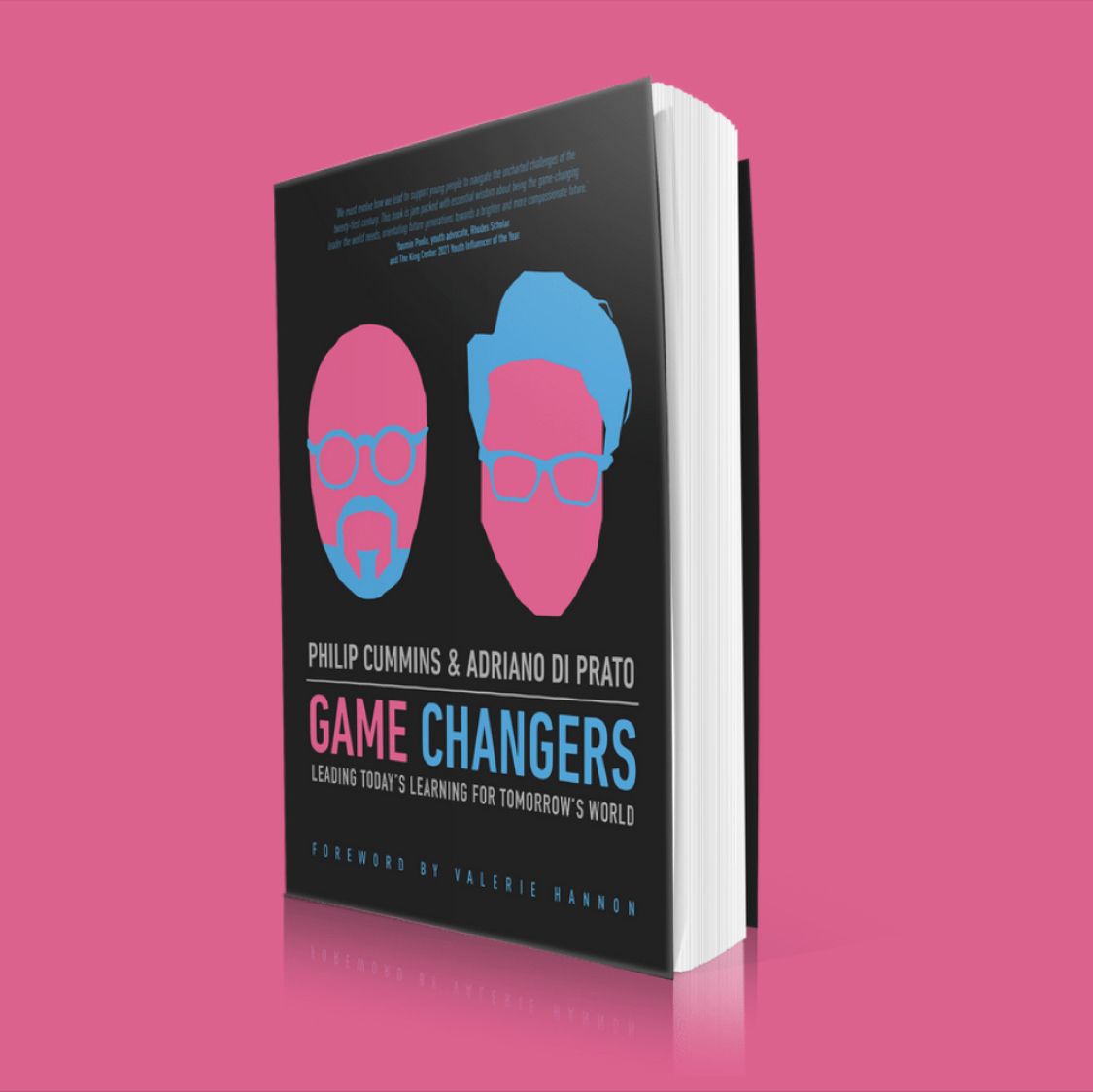Introduction
In the world of project management, especially in situations where resources are constrained, the efficient management of stakeholder engagement becomes a paramount concern. Stakeholders, whether they are customers, users, sponsors, team members, or external parties, have a significant impact on the outcome of a project. Engaging them effectively is not only beneficial but can be a critical factor for success. In this article, we will delve into the world of Agile methodologies and how they can be harnessed to master the art of stakeholder engagement, even in projects with limited resources.
Defining the Project Vision and Goals
The very first step towards effective stakeholder engagement is to have a crystal-clear understanding of the project’s vision and goals. The project vision is a concise statement that outlines the project’s purpose, scope, and the value it aims to deliver. Alongside this, the project goals represent the specific, measurable outcomes the project seeks to achieve. By effectively defining and communicating these to all stakeholders, you lay the foundation for aligning expectations, gathering feedback, resolving issues, and creating a shared sense of direction and commitment.
Mitra Bhagawati, an AVP – Agility Lead at JP Morgan Chase & Co., emphasises the importance of customer collaboration, a core tenet of Agile. He points out that Agile promotes frameworks that focus on iterative delivery “inspection” and “adaptation”. Involving stakeholders in the right events, like planning, backlog grooming, and reviews, is essential. However, in the rapidly changing market, realigning the product roadmap with the product vision is a must. Having quarterly workshops with stakeholders can help ensure that the product remains in line with the initial vision.
Loay, a Senior Project Manager, highlights the primary purpose of applying Agile: to satisfy stakeholders. In traditional project management, the evaluation of outcomes often happens too late, consuming all available resources before realising that the project is not on the right track. Agile, on the other hand, allows flexibility in defining vision and goals, adjusting them as you learn more about stakeholders’ needs, and evaluating outcomes at each stage. This provides the opportunity for incremental value delivery and achievement of the main project goals.
Identifying and Prioritising Stakeholders
Once you’ve defined the project’s vision and goals, the next step is to identify and prioritise stakeholders based on their level of interest and influence on the project. This can be achieved through stakeholder analysis matrices or stakeholder maps, categorising and visualising stakeholders according to their power, interest, attitude, and impact. Prioritising stakeholders allows for a more effective allocation of limited resources, focusing on the most critical relationships.
Andrew Lokenauth, a CFO and Finance Executive, outlines the importance of tailoring stakeholder involvement to their level of interest and project needs. Key stakeholders, with high interest and high influence, require frequent engagement for input and approval. Primary stakeholders, with medium interest and influence, should be kept informed with periodic feedback sessions. Secondary stakeholders, with low interest and influence, require minimal interaction. Prioritising stakeholders ensures that key stakeholders receive the highest priority, optimising resource utilisation.
Establishing a Stakeholder Engagement Plan
The third step involves creating a stakeholder engagement plan that defines how communication and collaboration with stakeholders will occur throughout the project. This plan should encompass objectives, strategies, communication channels, information needs, feedback mechanisms, roles and responsibilities, and risks and issues. It should also align with Agile values, emphasising transparency, collaboration, and adaptation.
Esraa Hammad, a Project Manager, highlights the importance of maintaining open and continuous communication channels with stakeholders. Agile practices like daily stand-ups provide opportunities for stakeholders to stay updated on progress and raise concerns early, contributing to effective stakeholder engagement.
Peter Chiu, an ex-Dell Engineering Project Manager, outlines the critical components of a stakeholder engagement plan. This includes defining objectives and strategies, identifying communication channels and methods, determining information needs, defining roles and responsibilities, and identifying risks and issues. A well-structured plan helps streamline stakeholder engagement, making it more efficient and effective.
Delivering Value Iteratively and Incrementally
The fourth step in Agile stakeholder engagement is to deliver value iteratively and incrementally. This is in line with Agile principles of delivering working software frequently and satisfying the customer through early and continuous delivery of valuable software. Agile frameworks like Scrum, Kanban, XP, or Lean are used to structure projects into short, time-boxed iterations or sprints, where planning, design, development, testing, and delivery of a potentially shippable product increment occur. This ensures that stakeholder requirements and expectations are consistently met.
Andrew Lokenauth offers tips for delivering value iteratively with limited resources, suggesting breaking the project into manageable increments, prioritising features that deliver the highest value to stakeholders early, delivering usable product increments for stakeholder evaluation at the end of each sprint, and adjusting scope or timelines based on feedback to maximise value within resource constraints.
Moninder Kaur, a Certified ScrumMaster and Product Owner, suggests focusing on delivering a Minimum Viable Product to meet the essential needs of stakeholders. This approach ensures that resources are not spread too thin while providing value consistently.
Managing Stakeholder Expectations and Feedback
The fifth step in Agile stakeholder engagement is managing stakeholder expectations and feedback. This aligns with Agile principles of building projects around motivated individuals, welcoming changing requirements, and working together with the customer. Techniques and practices such as user feedback sessions, user acceptance testing, prototyping, and usability testing are employed to solicit and incorporate stakeholder feedback into the product development process. Agile skills and behaviours like active listening, empathy, negotiation, and conflict resolution are used to address and resolve stakeholder concerns, issues, or conflicts that may arise during the project. Managing stakeholder expectations involves setting realistic and achievable goals, handling scope changes judiciously, and consistently delivering value.
Agile promotes regular communication, as emphasised by Moninder Kaur. Maintaining an open and transparent line of communication with stakeholders ensures that they are aware of project progress, challenges, and successes, contributing to effective expectation management.
Arvina, a business consultant, highlights that clear communication and managing stakeholder expectations and feedback align with Agile principles of flexibility and collaboration. Agile practices, such as user feedback sessions and acceptance testing, actively gather and integrate stakeholder input into product development and enhancement. Effective expectation management is achieved by setting practical goals, handling scope changes appropriately, and consistently delivering value.
Evaluating and Improving Stakeholder Engagement
The sixth and final step is to evaluate and improve stakeholder engagement. This aligns with Agile principles of reflecting on how to become more effective adjusting behaviour accordingly and promoting sustainable development at a constant pace. Agile tools and methods, such as stakeholder satisfaction surveys, stakeholder feedback forms, or stakeholder engagement reviews, are employed to assess and measure the level and quality of stakeholder engagement in the project. Agile techniques and practices, such as retrospectives, lessons learned, or improvement actions, are used to identify and implement improvements or changes in the stakeholder engagement plan, process, or outcomes. Celebrating successes and acknowledging stakeholder contributions to the project are also essential aspects of effective stakeholder engagement.
Andrew Lokenauth offers tips for evaluating and improving stakeholder engagement with limited resources. This includes conducting regular pulse checks with stakeholders to assess satisfaction, sending stakeholder surveys at key milestones to quantify engagement, holding retrospective meetings to review what worked well and where improvements are needed, tracking engagement metrics, analysing feedback to guide engagement focus, identifying segments that need more tailored engagement, revalidating stakeholder priorities, and evaluating communications for clarity, frequency, and transparency.
Michael Küsters adds a valuable perspective, suggesting that surveys or feedback forms tend to capture skewed feedback as people generally don’t engage unless they have complaints. Engaging internal stakeholders in refinement, co-creation sessions, and reviews, and providing flexible communication channels for customers to offer real-time feedback can lead to richer and more natural feedback. This also builds a community of engaged stakeholders.
Conclusion
Effectively managing stakeholder engagement in resource-limited projects requires a deep understanding of Agile methodologies and their practical application. By following these six steps and harnessing the power of Agile principles and practices, you can ensure that your project’s stakeholders are actively engaged, their expectations are managed, and feedback is used to drive incremental value delivery. Agile offers a dynamic and adaptable approach to stakeholder engagement, allowing you to make the most of limited resources and, ultimately, deliver successful project outcomes.
#AgileStakeholderEngagement #ResourceLimitedProjects #StakeholderManagement #AgileMethodologies #ProjectVision #GoalsAlignment #EffectiveCommunication #IterativeValueDelivery #StakeholderFeedback #ExpectationManagement #ContinuousImprovement




